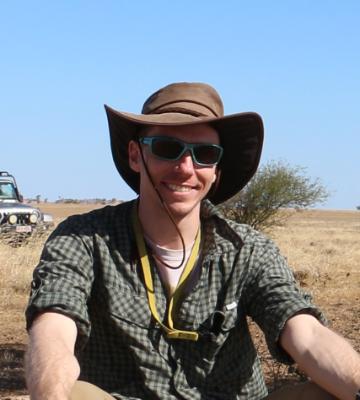In This Section
New lecturer in palaeontology at BEES

Dr Chris Mays has joined BEES as a Lecturer in Palaeontology.
Dr Mays’ research interests have focused on mass extinctions, and the responses of polar plants and animals to past greenhouse events. Chris received his B.Sc. (Hons) in 2008 from the University of Melbourne, Australia, and his Ph.D. in 2012 from Monash University, Australia.
From 2012–2017, Chris was Lecturer and Postdoctoral Researcher at Monash University’s School of Earth, Atmosphere & Environment. His research focused on the sediments and plant fossils of New Zealand (the Chatham Islands and South Island), Australia (Victoria and Tasmania), and the Antarctic Peninsula. He has employed and developed a range of imaging and 3-D ‘virtual palaeontology’ techniques in the realm of fossil plants, such as neutron tomography and synchrotron X-ray tomography. In 2016, he was awarded the inaugural Mary Wade Prize by the Australasian Palaeontologists for the publication of his monograph on the mid-Cretaceous plant fossils of the Chatham Islands. In 2020, he published his first popular book, which highlights his ongoing palaeontological work in New Zealand.
In 2017, he undertook a Postdoctoral Fellowship at Naturhistoriska riksmuseet (the Swedish Museum of Natural History, Stockholm, Sweden). This project focuses on the extinction and recovery trends of flora during the end-Permian mass extinction, the most severe extinction event in Earth history. In 2020, he was awarded the Dorothy Hill Award by the Australasian Palaeontologists for his foundational work on the end-Permian fossil floral record of the Sydney Basin, Australia. He is also Associate Editor for Alcheringa: An Australasian Journal of Palaeontology.
School of Biological, Earth and Environmental Sciences
An Scoil Eolaíochtaí Bitheolaíocha, Domhaneolaíocha agus Comhshaoil
Contact us
Distillery Fields, North Mall, University College Cork, Ireland , T23 TK30
